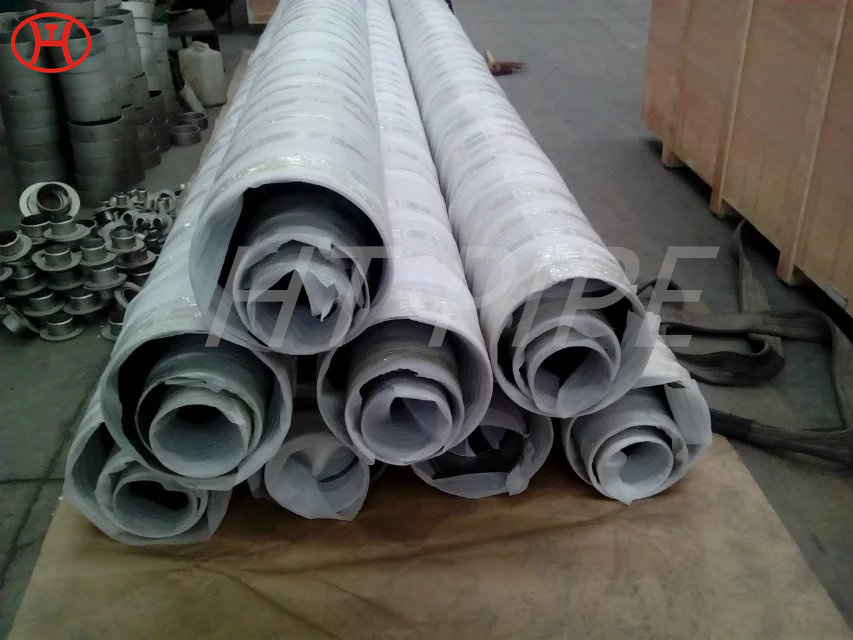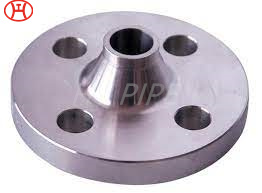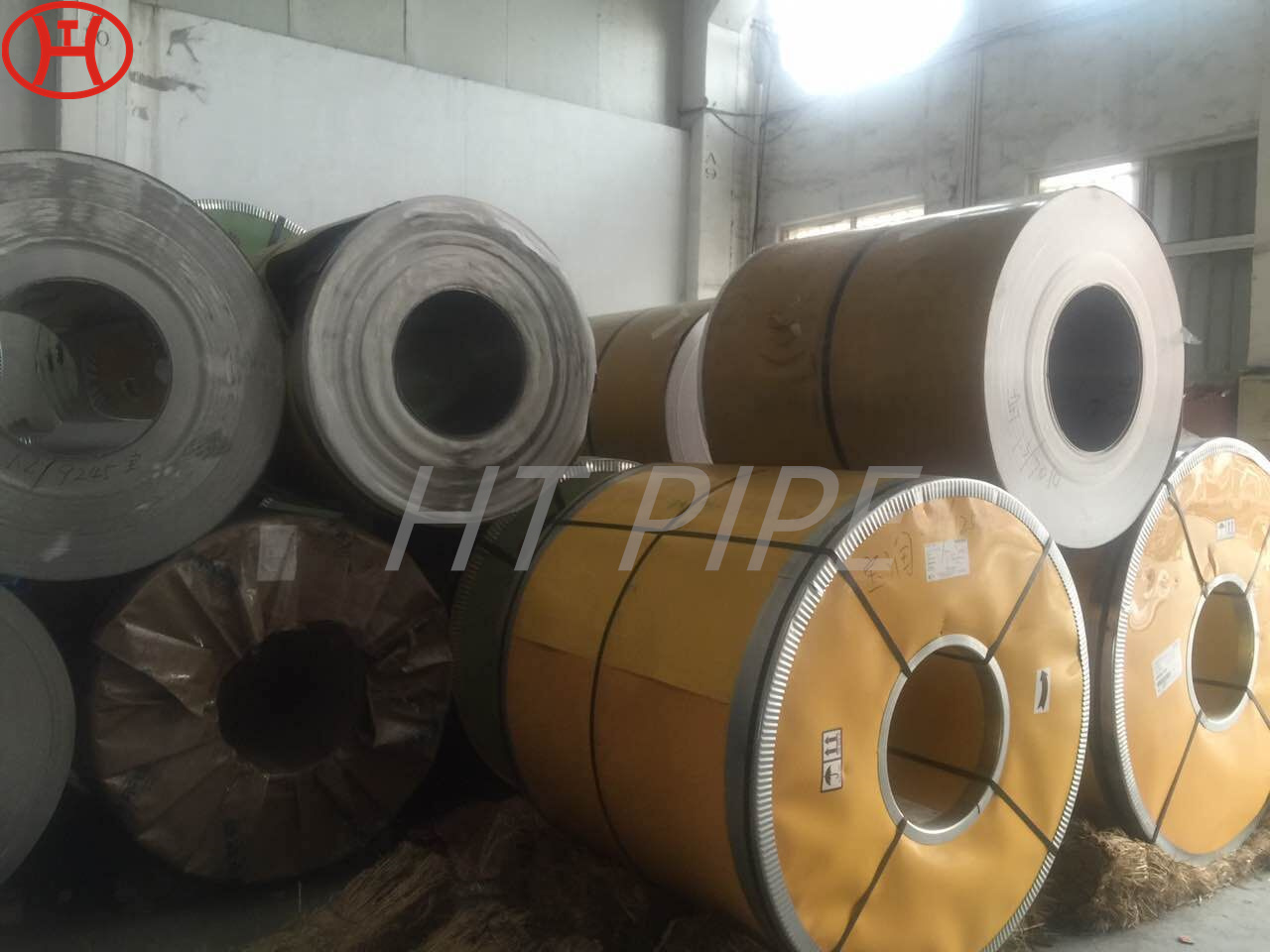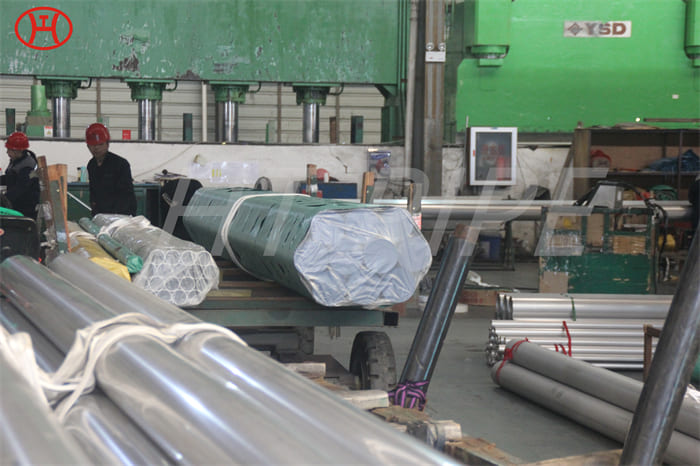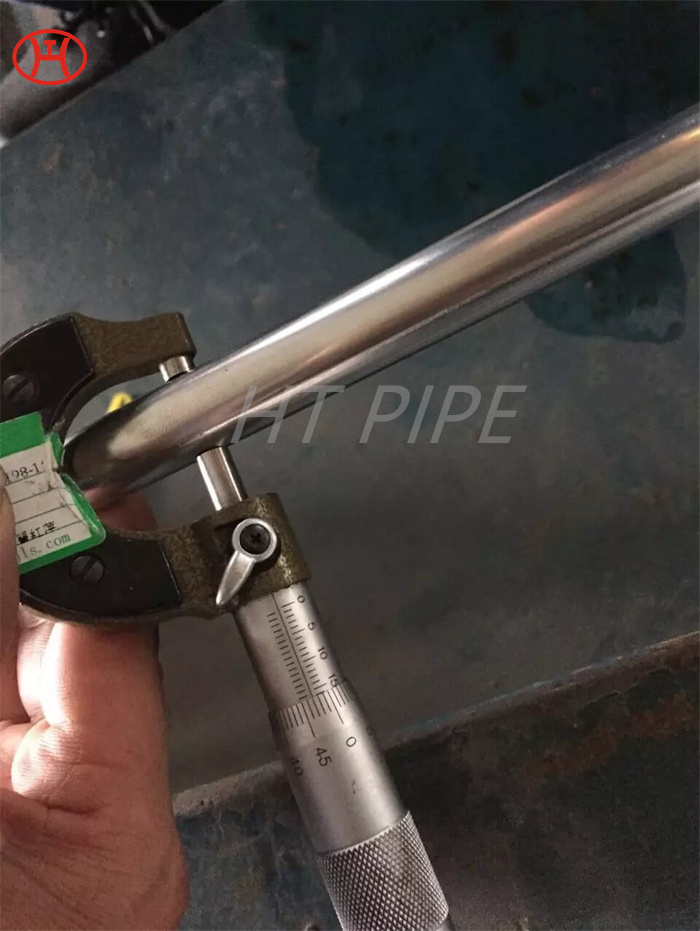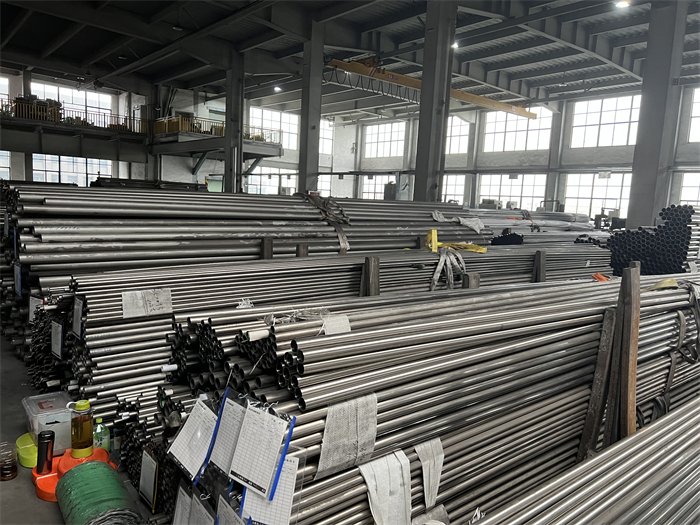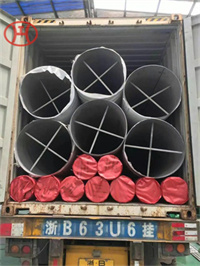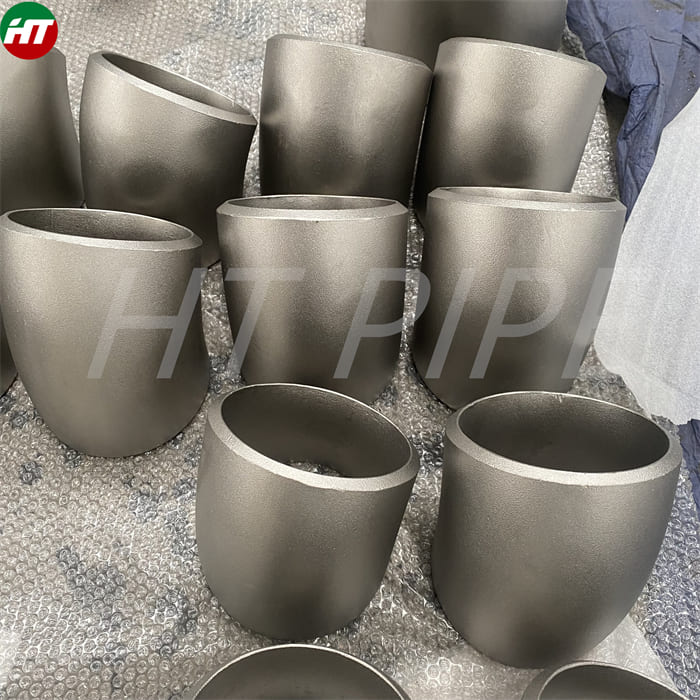
합금 31 블라인드 플랜지 ASME B16.5 클래스 150 플랜지
합금 31은 철 니크롬 몰리브덴 합금의 한 종류의 아조 소스 함량의 아조 소스 함량이며, 성능은 슈퍼 오스테 나이트 스테인레스 스틸과 니켈베이스 합금 사이에 위치하며, 구리의 존재는 황산에 대한 내성을 증가시킨다.
고 크롬 합금 31 UNS N08031 플랜지, W.NR.1.4562 블라인드 플랜지, ASME B16.5 클래스 150 플랜지
합금 31 플랜지는 화학 및 석유 화학 가공 산업에서 사용됩니다. 합금 31 플랜지도 UNS N08031 또는 DIN W.NR로 지정됩니다. 1.4562, UNS N08031 플랜지는 질소 및 구리 첨가물을 갖는 철-니켈-크로 미움-몰리브덴 합금으로, 오스테 나이트 슈퍼 스테인레스 강과 일반 니켈 합금의 혼성화 된 특성을 갖는 구리 첨가물이다.W.NR.1.4562 블라인드 플랜지알칼리성 및 할라이드 함유 배지, 황산, 인산, 염소 이산화질체 매체, 질산 및 질산에 대한 탁월한 부식 저항성을 가지고 있습니다. ASME B16.5 클래스 150 플랜지는 해양 및 해양 산업, 화학 및 석유 화학 가공, 제약 배관, 석유 및 가스 추출 및 광석 소화 식물에서 널리 사용됩니다. 특히, 합금 31은 극저온 수준에서 온도 (-196 ℃ 내지 550 ℃)까지의 넓은 온도 범위를 견딜 수있는 압력 용기의 제조에 사용될 수있다.

고급 슈퍼 아우스 테 나이트, 고-크로움 6 M0 합금 31 (UNS N08031)이라는 고-크로움 6 M0 합금으로서 고성능 N I-CR-MO 합금과 300 시리즈 스테인리스 강 사이의 비용 \ / 성능 간격을 연결합니다. 높은 크롬 합금 31 플랜지는 현대 화학 공정 및 석유 화학 산업의 구조 재료로 특히 적합하며, W.NR.1.4562 플랜지는 다양한 부식으로 인한 균일 한 부식에 저항해야 할뿐만 아니라 국소화 된 부식 및 응력 부식 균열에 대한 효과적인 저항성을 가져야합니다. 엔지니어들은 크롬과 몰리브덴이 국소 부식에 대한 저항성을 향상 시킨다는 것을 오랫동안 알고 있습니다. 합금 31 UNS N08031 플랜지는 또한 증가 된 양의 니켈 및 질소가 염화물 스트레스 부식 균열에 대한 내성을 향상시키는 것으로 오랫동안 알고있다. 이 지식은 많은 환경에서 더 비싼 높은 NI-CR-MO 합금의 부식 저항에 접근하거나 동일하게하는 매우 비용 효율적이고 부식 저항을 제공 한 합금 부류로 이어졌습니다. Cronifer 1925HMO (UNS N 08926)는 904L 합금으로부터 유래되었고 Nicrofer 3127HMO (UNS N 08031)는 Molybenum 함량을 6.5%로 증가시키고 0.2% 질소로 구성을 강화함으로써 합금 28 금속성에서 유래되었다.
- 화학 조성 요구 사항
| 합금 31, %의 화학적 조성 | |
| 니켈 | 30.0-32.0 |
| 크롬 | 26.0-28.0 |
| 철 | 균형 |
| 황 | ≤0.010 |
| 시 | ≤0.30 |
| 망간 | ≤2.00 |
| 인 | ≤0.020 |
| 몰리브덴 | 6.0-7.0 |
| 구리 | 1.0-1.4 |
| 질소 | 0.15-0.25 |
| 탄소 | ≤0.015 |
- 합금의 물리적 특성 31
| 밀도 | 용융 범위 | 침투성 | 전기 저항성 | ||
| g \ / cm3 | lb \ / in3 | ° C | ° F | 20 ° C | µΩ · m |
| 8.05 | 0.290 | 1330-1370 | 2426-2498 | 1.001 | 104 |









































































































